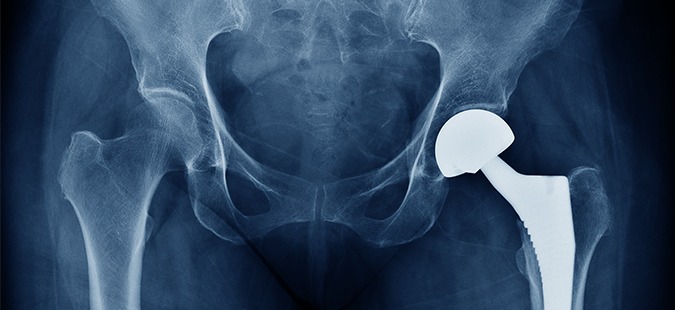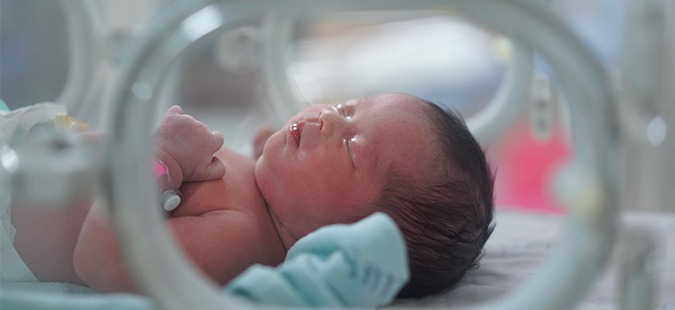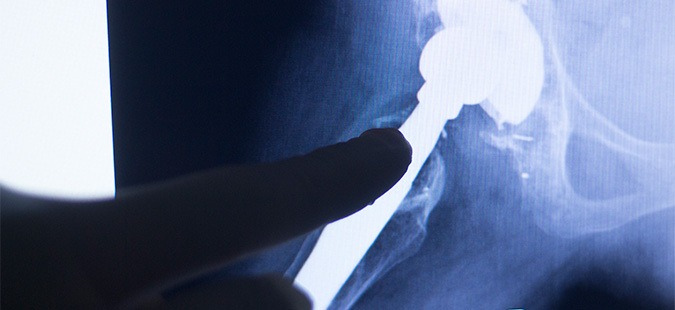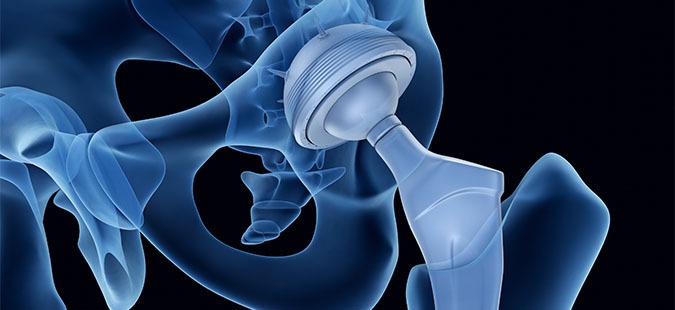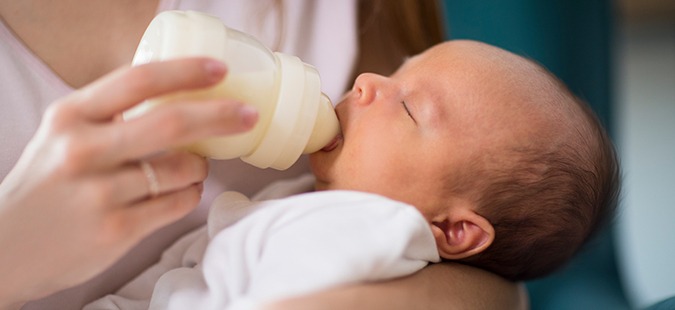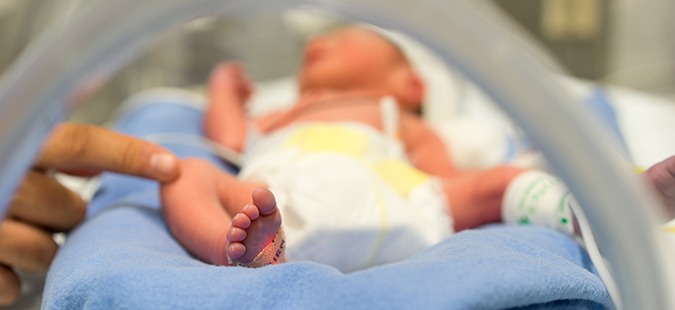In 2019 Allergan issued a voluntary worldwide recall of their Biocell textured breast implants and tissue expanders. This came amid reports of women with Biocell implants and expanders developing breast implant-associated anaplastic large-cell lymphoma (BIA-ALCL), a type of non-Hodgkin’s lymphoma that brutally attacks the immune system.
Allergan Breast Implant Warranty Will Not Cover Operative Costs
Allergan announced that they will work with harmed parties by replacing defective textured implants with smooth implants under the BIOCELL replacement warranty, although they will not be providing or assisting with operative costs or fees. This means the only cost covered is for the product alone, not the operation or any other associated costs.
What is BIA-ALC?
Specifically linked with Allergan Biocell textured breast implants and tissue expanders, breast implant associated anaplastic large cell lymphoma (BIA- ALCL) is not a type of breast cancer. BIA-ALCL is a very rare and slow-moving blood cancer that attacks the immune system.
Typically, ruptured blood cells secrete seromas – pockets of fluid – which build up within the fibrous scar capsule encompassing the implant where the BIA-ALCL cultivates. An extraction of that fluid should be tested for a protein called CD30 which is found in “higher than normal” amounts on lymphoma cells. It is reported to take seven to 10 years to progress and present itself, so it is highly recommended that women who have undergone reconstructive surgery are screened regularly for cancer growth.
How Common is it?
Reports in the US alone total an alarming 355 confirmed cases between July 2019 and January 2021 of the 733 confirmed cases worldwide. Since then, the FDA announced over 35 women had died as a result of contracting BIA-ALCL.
What Can I Do?
No studies show how to prevent this disease, but if you acquire any symptoms such as breast pain, lumps or swelling you should contact your doctor immediately to discuss all concerns. The good news is that BIA-ALCL is completely treatable when found early, by performing an “en bloc capsulectomy” in which the implant and any surrounding scar tissue are completely removed.
What about the BIOCELL replacement Warranty?
Currently the BIOCELL replacement warranty only covers the cost of the implants that are ruptured, defective, or deflated. In November of 2021, they updated their warranty to pay up to $7500 for revision surgery required after developing cancer from their product. It is important to note- this offer is only available to those who have received a BIA-ALCL diagnosis. In exchange, you must waive your right to legal action in the future. Additionally, the warranty does not cover the costs associated with pain management, treatment, and additional appointments required because of the cancer or other complications.
Prior to signing any agreements with Allergan, call for a free consultation- you may be entitled to compensation beyond just the cost of revision surgery.
Do I Have A Case?
While there are manufacturers producing implants other than Allergan or McGhan, there are no current litigations currently linking BIA-ALCL with other styles. Because the evidence of scientific studies currently show BIA-ALCL is not as common in other implants, for now we are only pursuing Allergan and McGhan textured implants. As time goes on, things may change regarding the correlation between other implants and BIA-ALCL. If you have any questions about your eligibility, please contact us for a free consultation.
The Time to Act is Now.
If you or a loved one have been diagnosed with BIA-ALCL after a breast implant surgery, you do not have to go through this process alone. Please contact our experienced attorneys at The Yost Legal Group for a free case evaluation. We can be reached by email or phone at info@yostlaw.com or 1-800-YOST-LAW, or you can fill out our web inquiry form and we will respond to you as soon as possible. We will investigate the circumstances of your individual case, answer any questions you have, and fight to get you the compensation you deserve.
